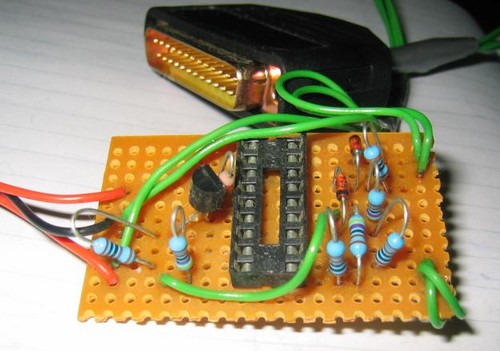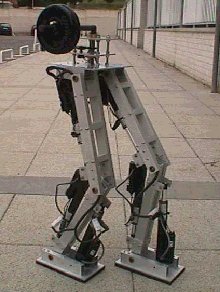In this modern, fast moving and insecure world, it is become a basic necessity to be aware of one’s safety. Maximum risks occur in situations wherein an employee travels for money transactions. Also the Company to which he belongs should be aware if there is some problem. What if the person traveling can be tracked and also secured in the case of an emergency?! Fantastic, isn’t it? Of course it is and here’s a system that functions as a tracking and a security system. It’s the VMSS. This system can deal with both pace and security.
The VMSS (Vehicle Monitoring and Security System) is a GPS based vehicle tracking system that is used for security applications as well. The project uses two main underlying concepts. These are GPS (Global Positioning System) and GSM (Global System for Mobile Communication). The main application of this system in this context is tracking the vehicle to which the GPS is connected, giving the information about its position whenever required and for the security of each person travelling by the vehicle. This is done with the help of the GPS satellite and the GPS module attached to the vehicle which needs to be tracked. The GPS antenna present in the GPS module receives the information from the GPS satellite in NMEA (National Marine Electronics Association) format and thus it reveals the position information. This information got from the GPS antenna has to be sent to the Base station wherein it is decoded. For this we use GSM module which has an antenna too. Thus we have at the Base station; the complete data about the vehicle.
Download Full Project:
Vehicle Security System.ace











